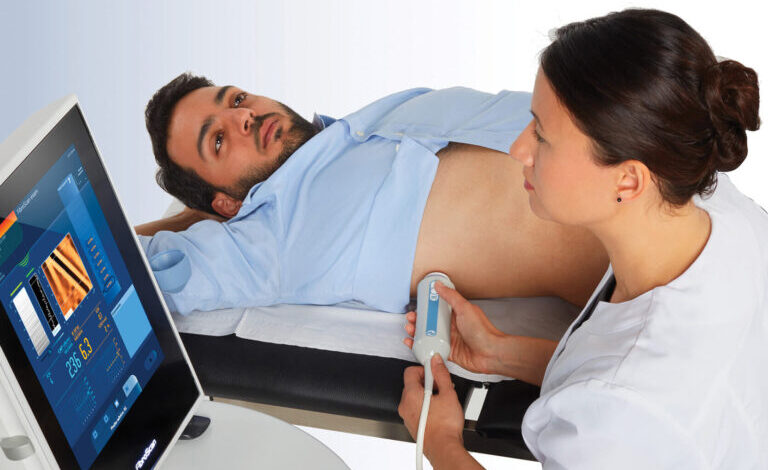Acoustic Radiation Force Impulse (ARFI) imaging is indeed a significant advancement in the field of medical diagnostics, specifically in assessing tissue elasticity and fibrosis. ARFI imaging is an ultrasound-based imaging technique that provides valuable information about the mechanical properties of tissues.
Here are some key aspects that make ARFI a game-changer:
Non-Invasiveness: ARFI is a non-invasive technique that does not require the use of contrast agents or radiation. This makes it safer for patients compared to some other imaging modalities.
Real-time Imaging: ARFI provides real-time imaging of tissue stiffness, allowing for dynamic assessments during different phases of a medical procedure or examination. This real-time feedback can be crucial in making immediate clinical decisions.
Quantitative Assessment: ARFI enables quantitative measurements of tissue elasticity. This is particularly important in assessing the degree of fibrosis in organs such as the liver. Traditional imaging methods may not provide the same level of detail or accuracy in quantifying tissue stiffness.
Clinical Applications: ARFI has found applications in various medical fields, including liver disease assessment, breast imaging, musculoskeletal studies, and cardiovascular evaluations. It is particularly useful in detecting and monitoring liver fibrosis in patients with chronic liver diseases.
Reduced Dependency on Biopsy: ARFI imaging can potentially reduce the need for invasive procedures like biopsies. In liver disease, for example, ARFI can provide valuable information about fibrosis without the need for a tissue sample, which may be associated with complications and patient discomfort.
Monitoring Treatment Response: ARFI can be used to monitor the response to treatment over time. This is important in chronic diseases where assessing changes in tissue stiffness can be indicative of the effectiveness of therapeutic interventions.
Early Detection: The ability of ARFI to detect subtle changes in tissue elasticity allows for the early identification of pathological conditions. Early detection can be crucial for initiating timely interventions and improving patient outcomes.
While ARFI has shown great promise, it’s essential to note that, like any diagnostic tool, it has its limitations and is often used in conjunction with other imaging modalities for a comprehensive assessment. Additionally, ongoing research and technological advancements may further enhance the capabilities of ARFI in the future.
![]()

